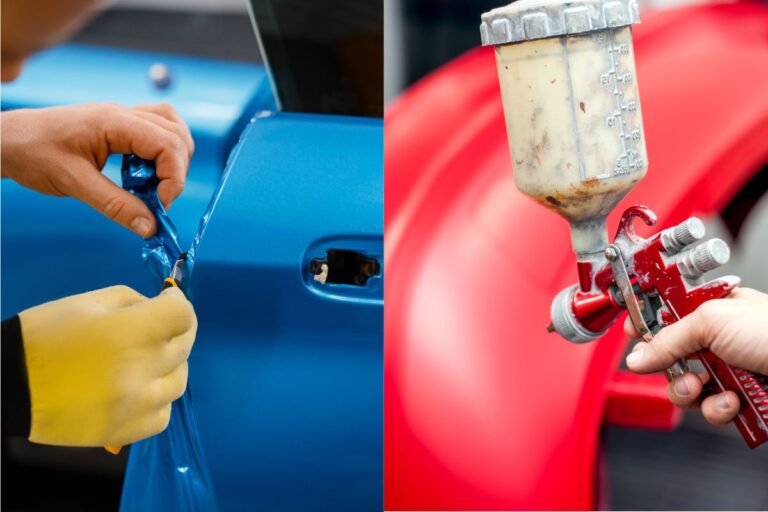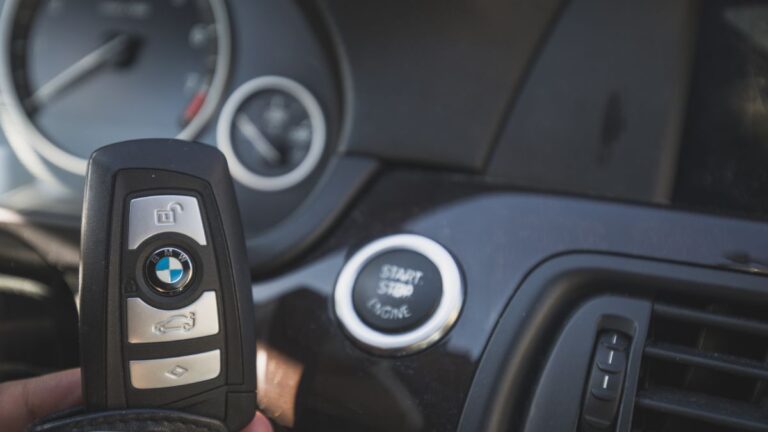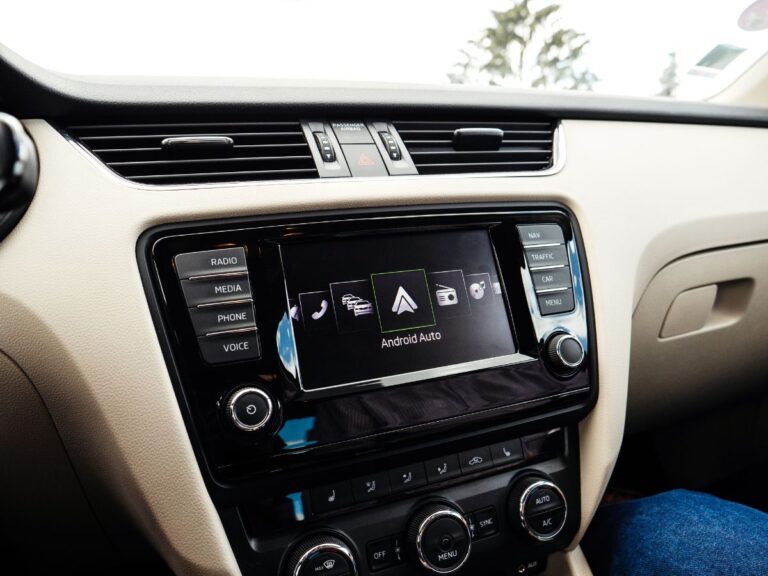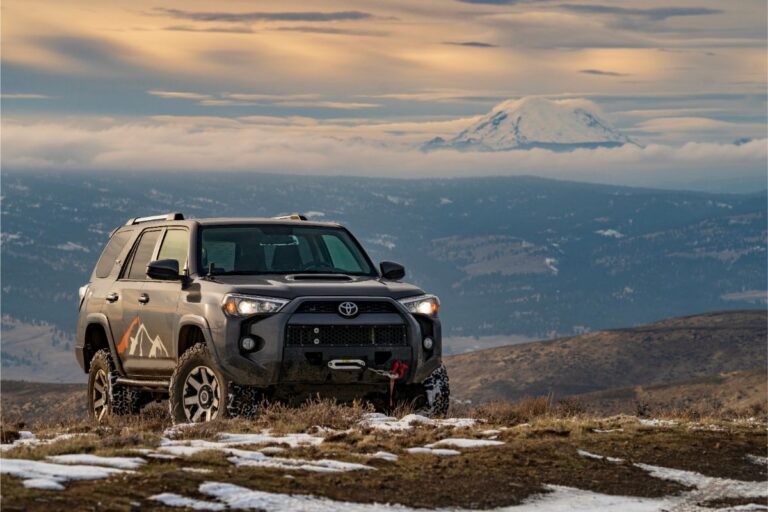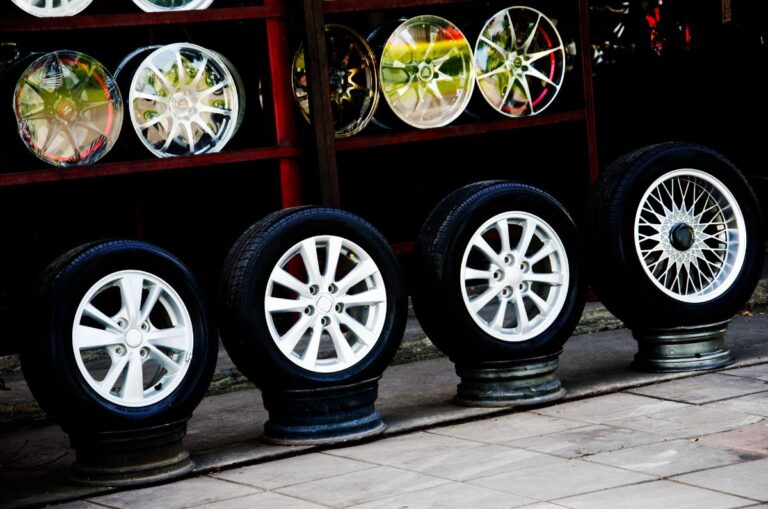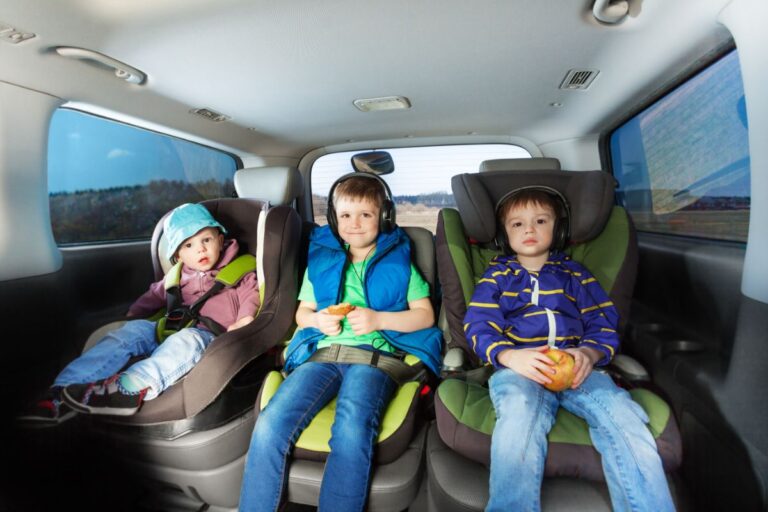The time of day when the sun is between your steering wheel and your visor is the pits. As you’re stretching your upper torso any way you can to keep the sun out of your eyes, somebody drives by with the glass in their car completely covered with window tint. You want to mug him for his car.
A good reason for having a window tint applied to your car is obvious if you live in the deep South, Arizona, California, and so forth: the heat. July and August turn cars into rolling saunas, so windows down or air conditioners on are the only relief. Enter window tints for cars.
However, these are just two of the answers that window tints for cars provide. There are facts about them that drivers never knew, and drivers do quite a double-take when they hear these facts. So, what are the facts, and what are the types of window tints for cars?
The Difference Between Tint And Film
Before we start, you should know that window tint actually means making the glass a different color. The glass is colored before installing it in a house or commercial building. Window film is when a colored or tinted film is applied to glass already in place.
Both cut the sun’s glare, protect against UV rays, and provide a modicum of privacy. Since it would be a challenge to remove the glass from a car, tint it, and then return it to the car, we’ll discuss the film applied to car windows.
Types Of Window Tints For Cars
Available to drivers are over 1,000 color and film combinations for their cars. It’s a bit frustrating to choose one out of all that, but drivers should know there are basically six types of window tint. Each type has its pros and cons, as well as its price range.
Dyed Window Tint
Dyed window tint is a film that has been layered with dyes. This blocks most of the rays of the sun, stopping the cabin from becoming a sauna. It doesn’t do much to block UV rays, but it does provide privacy. It’s the cheapest of the types of window tint, ceramicpro.com and the one most beginner drivers go-to for making their ride look the coolest.
The Visible Light Transmission or VLT percentage is the amount of light passing through the dyes once the film is applied to a car window. The weird part of it is that the lighter the film or the lower the VLT percentage, the darker the tint appears. You would think that a higher percentage would make the dyed layers appear darker. Nope.
Pros And Cons
One of the most important things to a driver is the safety of his passengers or family. The tint puts an extra layer of protection between the driver, passengers, and an accident. This is also true of glare. UV protection and extra privacy are just bonuses.
The disadvantage, on the other hand, is driving at night with tinted windows. It cuts visibility severely, in addition to making navigation difficult.
Metal Window Tint
Metallic window tint is the next level up from dyed window tint. It incorporates tiny pieces of metal into the film. This tosses the light back out instead of allowing it to pass through the film. Metal pieces strengthen the glass, so the spider-web shattering resistance is much greater. Scratch-resistant, too, metal window tints give a car a shiny look.
Pros And Cons
Heat resistance, glare resistance, and UV resistance are the major benefits of metallic window tints. Durable and long-lasting are some of the extra pros.
The one and biggest con, though, is the blockage of phone, radio, and GPS signals. This might be a minor problem unless you’re a lost delivery driver or your kids can’t get through to you when you’re on the road.
Hybrid Car Window Tint
The next level up from dyed and metallic window tints for cars is the hybrid. This combines tiny metallic pieces of titanium with a gray dye. This produces a less shiny but still privacy-ensuring film. This kind of window tint is more affordable than a metallic tint and offers better performance.
Pros And Cons
The smaller metallic pieces won’t block radio and phone signals like a more heavily metallic tint would. It won’t block your view at night and reflects light back out of the car better. These are some pretty great benefits.
The only disadvantage I could research is the slightly more expensive cost from dyed and metal tints.
Carbon Window Tint For Cars
If the above three types of window tint for cars are entry-level, so to speak, then carbon window tint begins the more high-end types of window tint. Made of carbon fiber flecks, this type of window tint offers drivers way better insulation than the above three types by cutting the cabin heat by 40 percent. That doesn’t mean no more A/C, but it does mean cooler summer driving.
Pros And Cons
Durable, long-lasting, and fade-resistant, carbon window tint’s benefits include interior materials and dashboards that don’t crack and fade and a matte finish that makes this type of tint more aesthetically pleasing to drivers.
The only disadvantage I could find is the price, but the benefits far outweigh the price.
Crystalline Window Tint
Some drivers want the protection of window tinting but aren’t charmed with the darkness of the film. For these drivers, there is a crystalline tint. The light tint reflects up to 60% of solar energy and up to 97% of UV rays. The cabin remains cool, the driver can see at night, and his radio and phone will work just fine.
Fun fact: Nanotechnology makes the film more than 200 layers thinner than a piece of paper.
Pros And Cons
More heat and light are reflected back into the sun, making the cabin cooler. The transparency of the film leaves the glass clear instead of dark. Radio and phone signals aren’t affected.
The disadvantages of crystalline window tint are that there is no privacy like there is with darker tints. It’s more expensive, too.
Ceramic Window Tint
The top-of-the-line window tint for cars is ceramic. This incorporates tiny ceramic flecks in the film. Ceramic doesn’t conduct, so the heat and light are reflected back out of the glass. It’s great insulation, too, so the cabin will remain cool. Visibility won’t be affected, and the glass will remain shatter-resistant.
Pros And Cons
The glass won’t be dark, the ceramic cuts UV rays by 99 percent, heat by 50 percent, and your phones, GPS, and Bluetooth will work just fine. Fading and glare will be a thing of the past.
The only disadvantage of ceramic window tint for cars is that if you want the best, you’ll pay for it.
How Long Do Car Window Tints Last?
Since technology advances every five minutes, it seems, the quality of window tints for cars has improved even over last year’s window tints. This means the window tint will last upwards of three to five years and maybe longer. As this affects the car’s resale value, these are the points for which you should look:
• Quality. Not every tint is created equal. The film material, the adhesive, and the mounting technique all combine to give drivers a quality product. Research these before you buy and apply.
• Exposure. A car sitting in a parking lot at work or in the driveway at home for long periods of time gets a tad warm. If this is the case, then the window tint can only take so much before it no longer reflects the light and heat back out of the glass. Keep this in mind if you live in hot parts of the country, or if your car can’t be parked in a parking garage or a shelter at home.
• Application. Professional auto workers and shops have an edge over do-it-yourselfers in that they understand the prep work that goes into a quality tint job. They make sure the glass is clean and dry, the bond is correctly applied, the bubbles squeegeed out of the product, and the curing time is properly completed. Only then will the driver drive away with a quality tint job completed.
How To Judge Which Type Of Car Window Tint Is Right For Your Car
If you’re one of those drivers who keeps a car for 20 years, then we have some points for you to consider. If, however, you’re only going to keep the car until it’s paid off or you feel like trading it in for a newer model, then you might not want to bother. Consider this before you hit up a professional tint shop:
• Budget. How much you spend on window tint for cars depends on a few factors:
**Type of tint. You can go for the low-budget dyed tint or the medium-budget crystalline tint, or you can go for the high-end ceramic tint.
**Labor. Your budget is going to take a hit when the auto shop adds labor to the bill. The length of time it takes to process the tint on the glass adds up. You can always ask the shop to give you a flat rate for the process.
• Purpose. Another point to consider is why you want your windows tinted. If you drive into the sun going to work or returning from it, then yes, you need help. If you live in a hot area of the country, then a little help will keep you cooler. Decide on your reason for getting tinted windows first.
The Legality Of Window Tints For Cars
All 50 states have laws concerning the darkness of window tint. This is mainly for safety reasons, lest the driver is blinded by the darkness on his windows. Each state offers a percentage by which each window, the windshield, and the back window can be tinted. You can find these percentages here.
The list also includes the terminology involved, such as VLT percentage or the visible light transmission through the window and tint. We discussed this above: the lower the VLT percentage, the darker the tint. Each state also has restrictions on the color of the tint. For example, most states don’t go for red or multi-colored reflective tints.
The only exception is for those whose health conditions require some degree of darkness due to light sensitivity. You’ll need to carry a doctor’s note in your car in these cases.
The History Of Window Tints For Cars
We bet you thought window tinting for cars was a relatively modern thing, yes? Actually, the ancient Egyptians and Mesopotamians used color to give an extra oomph to their glass beads and pots. By 100 BCE, the Romans learned to make glass for their windows. By the Middle Ages, pretty much everyone learned to add metallic pieces to their glass to make stained glass windows.
The invention of the car changed a lot of lives, but it didn’t really catch on with the populace until the end of WWII. The first tinted window came out of the factory on select models which included the ‘58 Chevy Impala.
The ‘60s and ‘70s were a time of experimentation by such biggies as 3M as well as the automotive industry. By the ‘90s, car window tints had evolved to include a hybrid tint using a combination of metal pieces and dyed film. Makers also developed the UV ray, heat, and reflection capabilities of car window film.
Window Tint For Cars FAQ
Is The Tint Applied To The Outside Or The Inside Of The Window?
The film is placed against the outside of the window to measure and cut it. It’s then applied to the inside of the window for optimal durability.
What Should I Use To Clean My Windows Once They’ve Been Tinted?
Most commercially prepared glass cleaners use ammonia and/or abrasives. Wait a week after the installation. Use a soft cloth – microfiber is best – and a foam cleanser. Don’t use a blade or anything but a rubber squeegee to clean your windows.
When Can I Roll My Window Down?
Wait for a minimum of 24 hours after the windows have been tinted to roll them down. This aids in the curing process, and the tint will adhere better.
Will Window Tint Affect The Rear Defroster Or Vice-Versa?
Neither the film nor the defroster will affect each other.
Can OEM Window Film Be Installed Over Factory Window Film?
Factory window tint is the color inside the glass. Aftermarket window tint is installed on top of the glass. Aftermarket tint has much more light and heat protection added to privacy and glass-shattering protection.
Sources:
https://www.glasstintusa.com/faq/
https://allfloridatinting.com/history-of-window-tinting
https://instamotor.com/blog/window-tinting-laws-50-states
https://www.flyingwindowtinters.com/5-different-types-of-car-window-tint-explained







